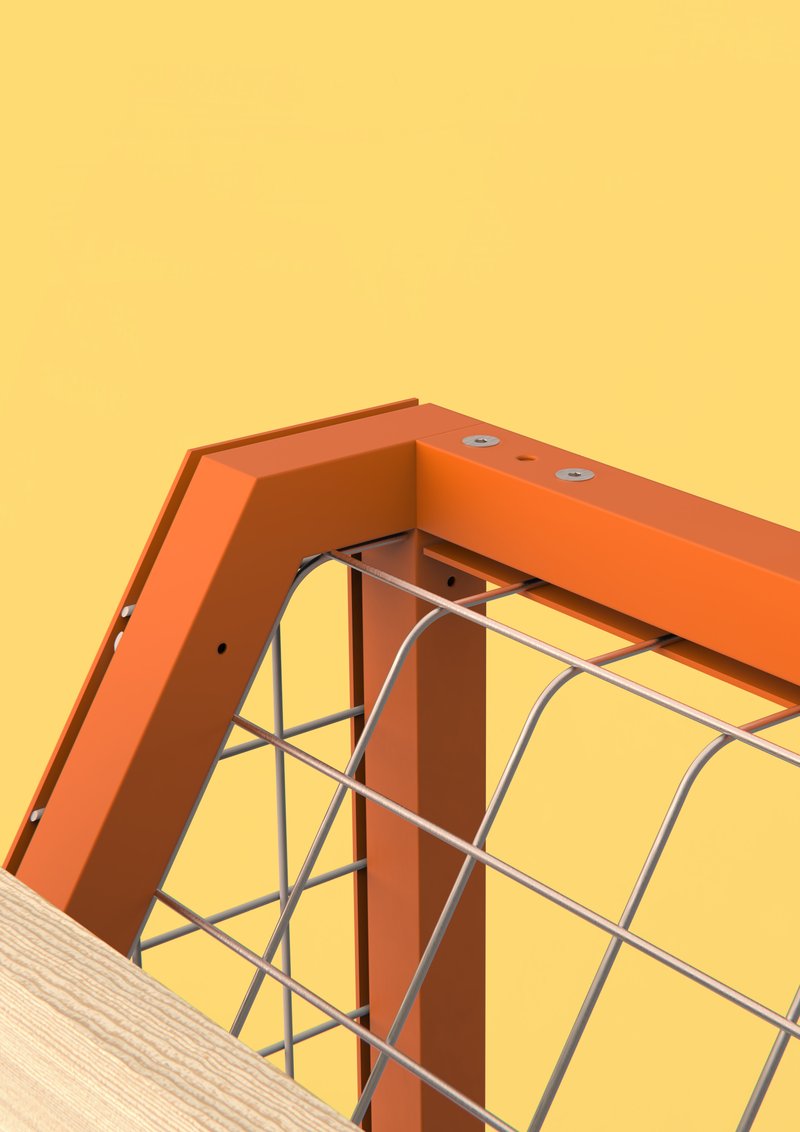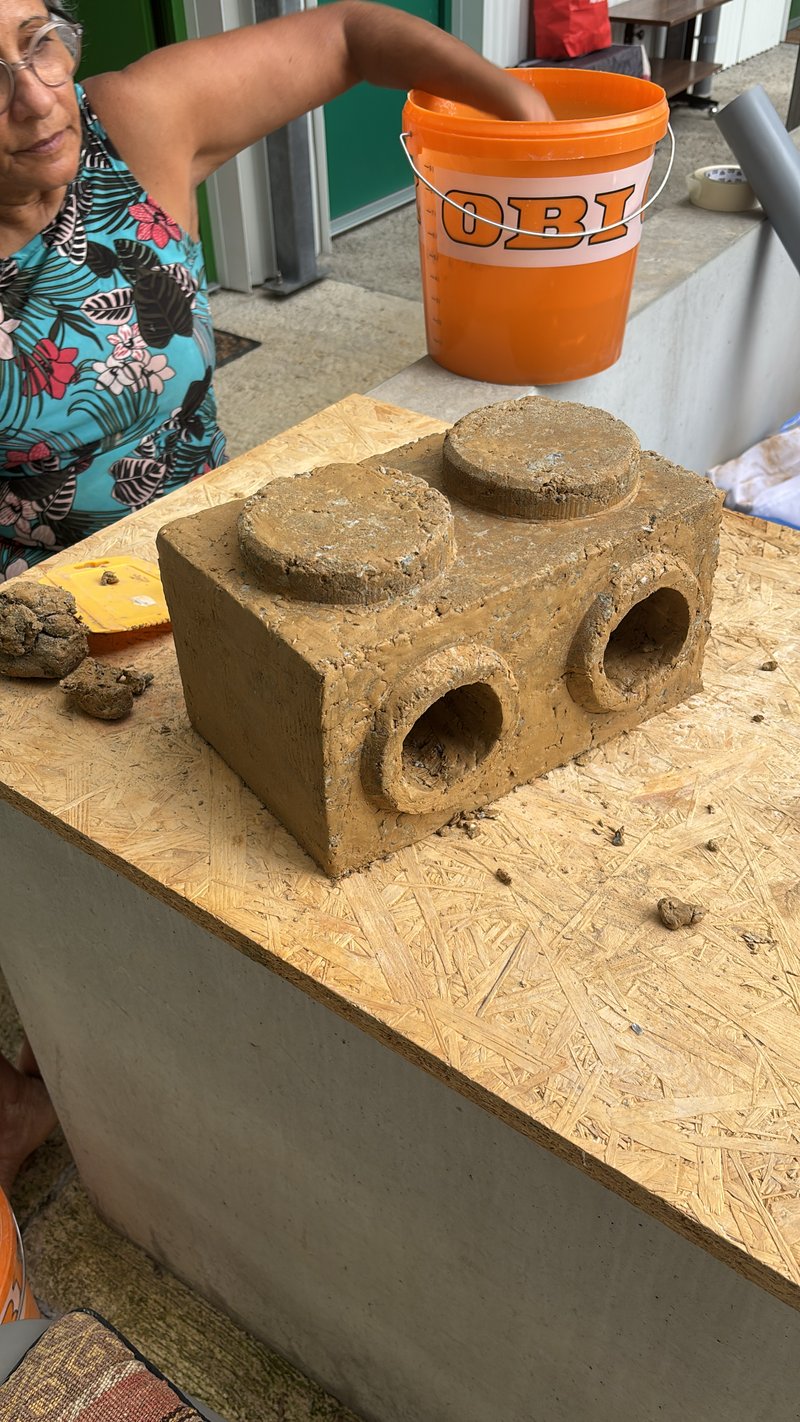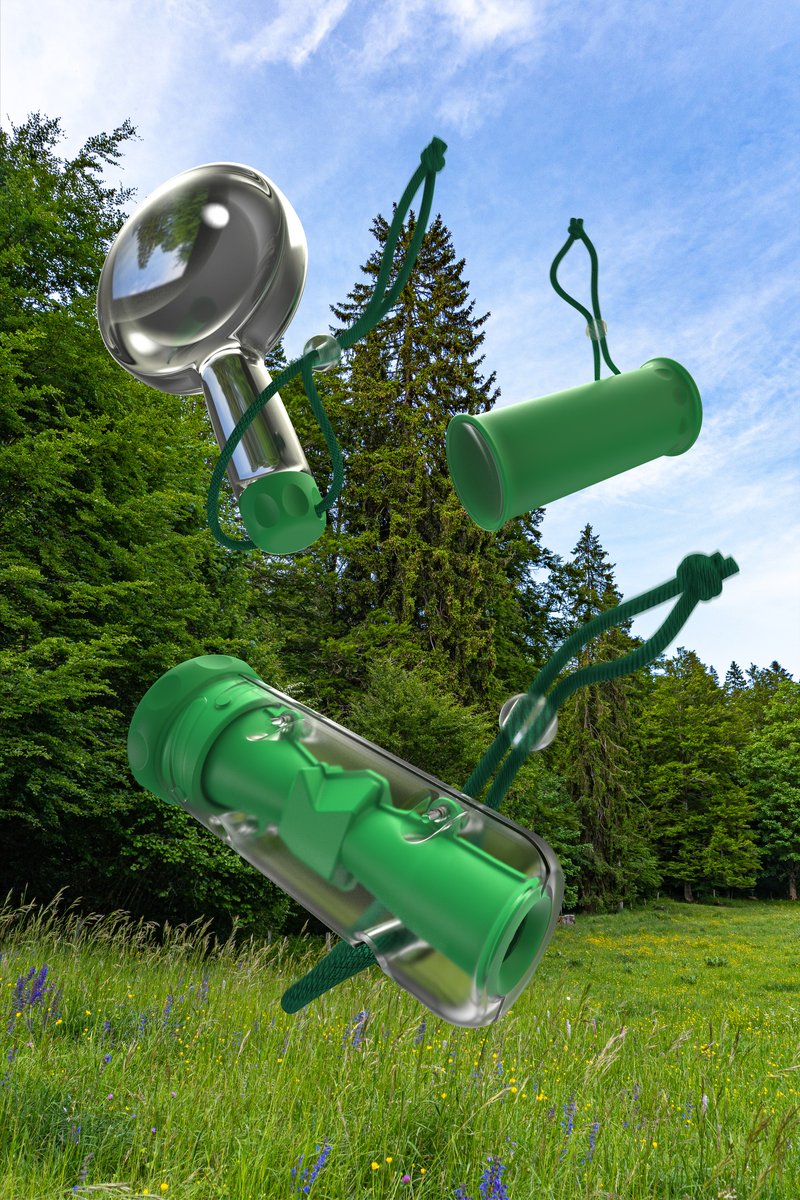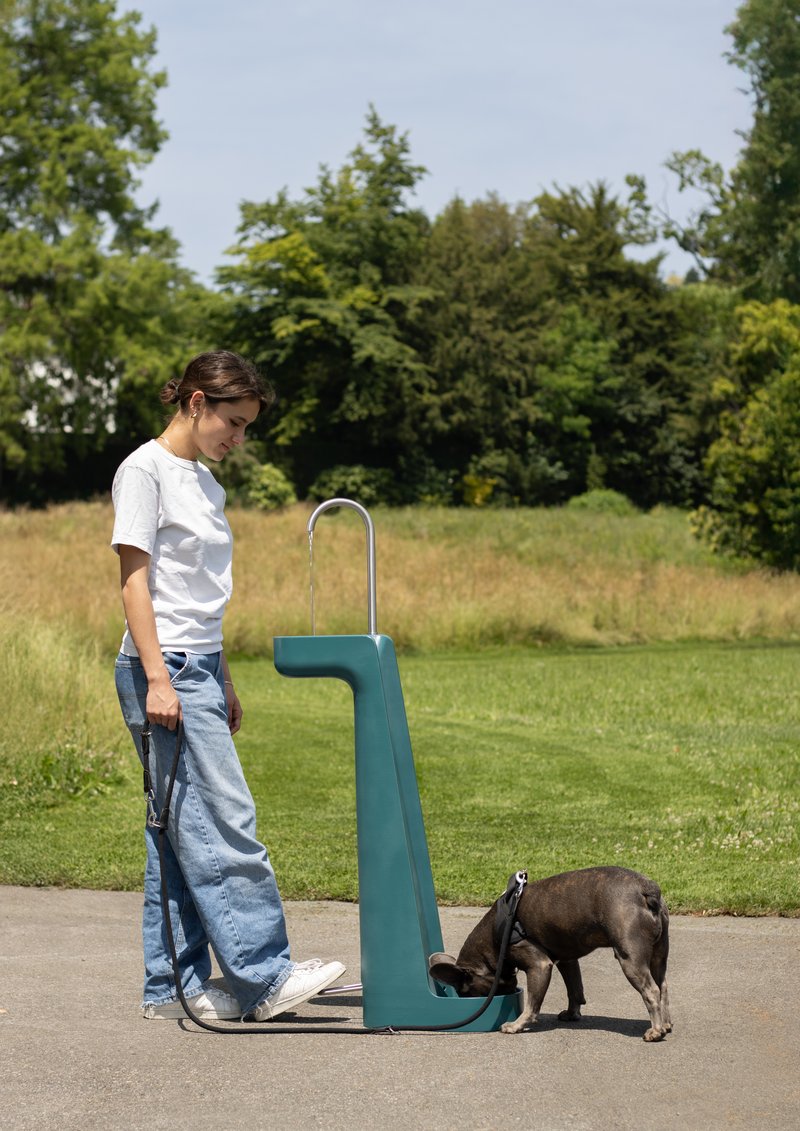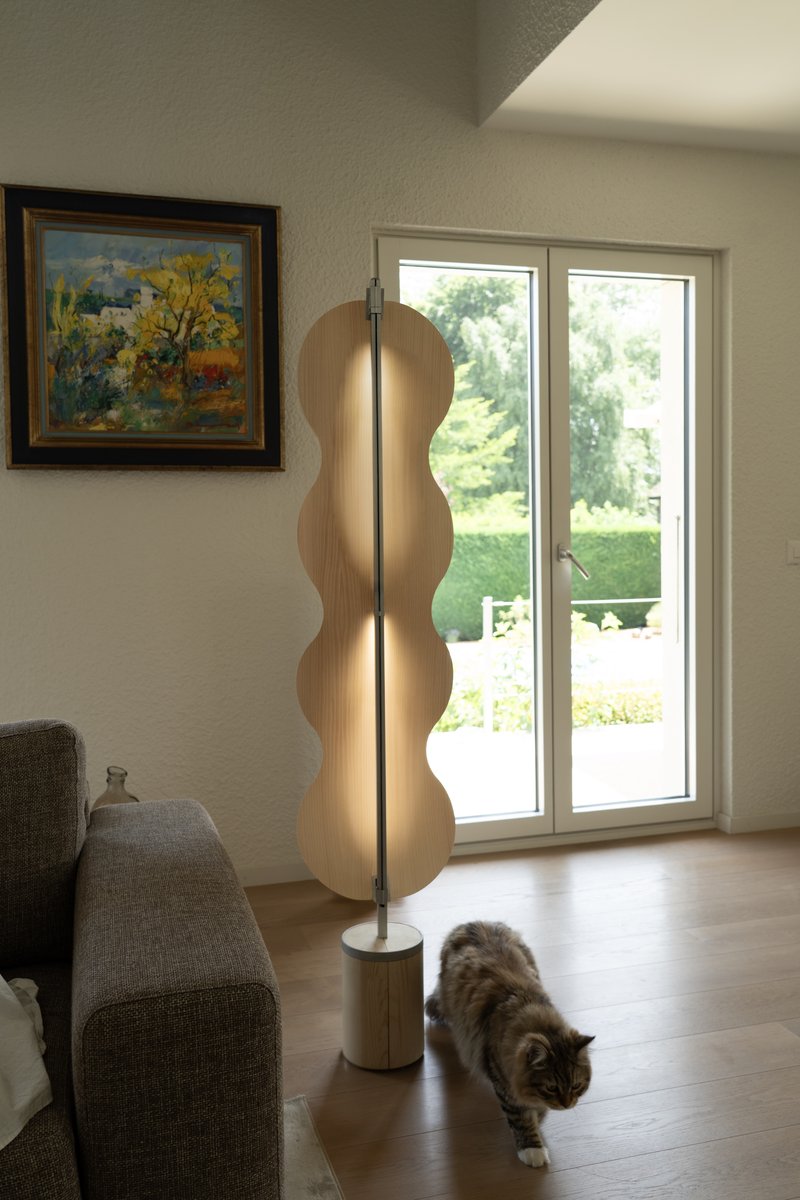
BA INDUSTRIAL DESIGN
Abla Bolassi Owoussi – Mira
by Abla Bolassi Owoussi
Mira is an interior lamp that explores modularity through a pulley system that allows for adjusting light intensity. The lampshade, made of veneer, subtly transforms depending on the position of the mechanism, playing on both light and shape. This project reflects a need for flexibility in the domestic space and reflects a personal research on the evolving object, halfway between discreet technicality and poetic expression of the material.









